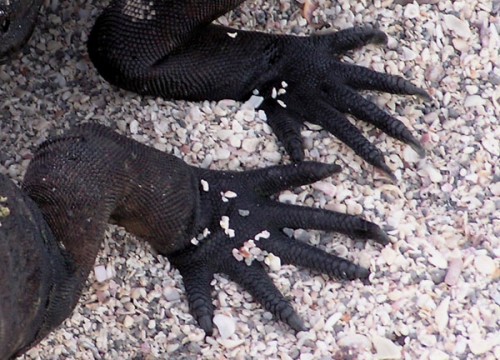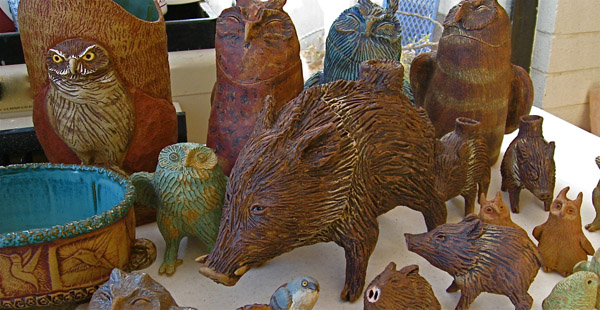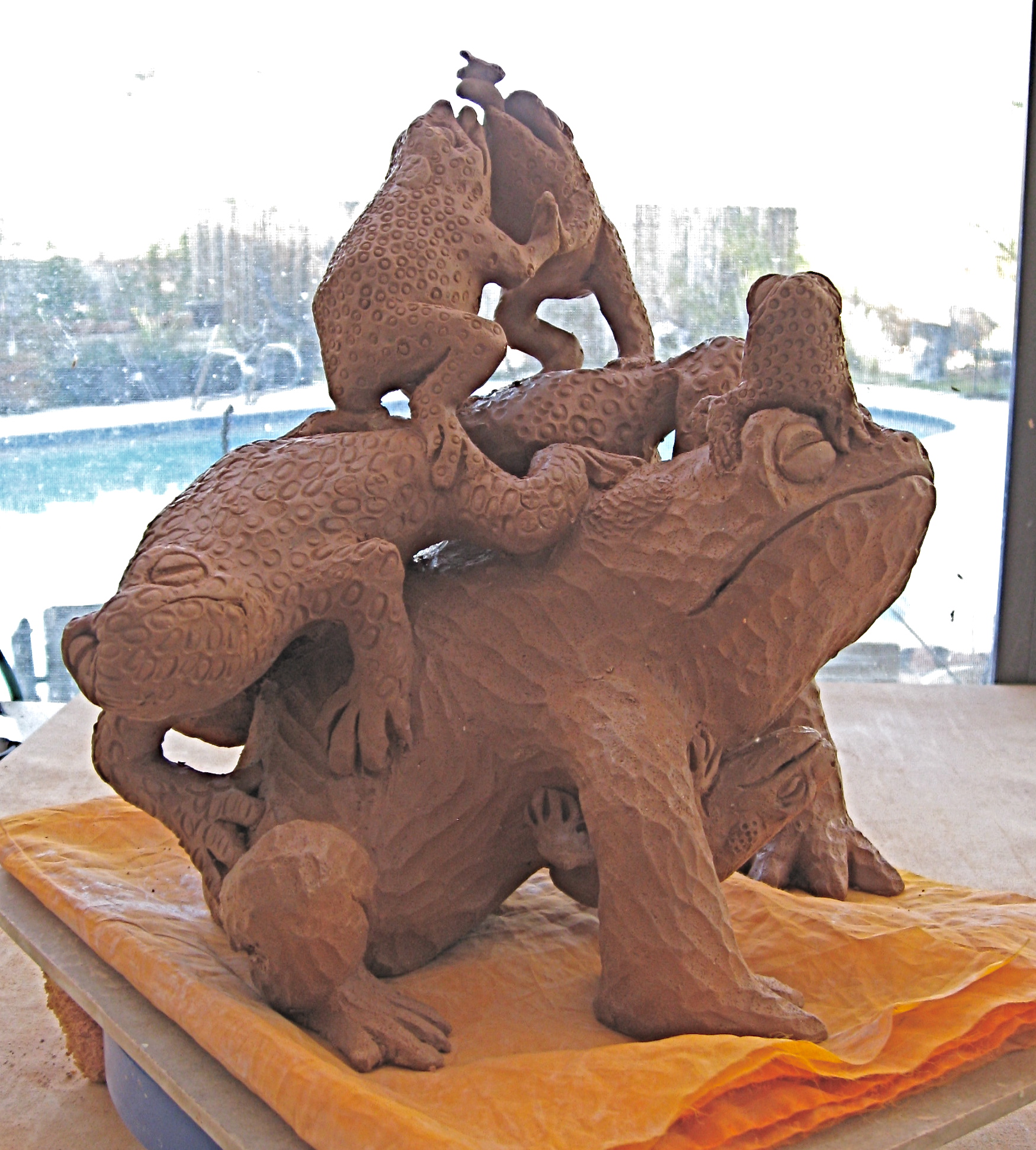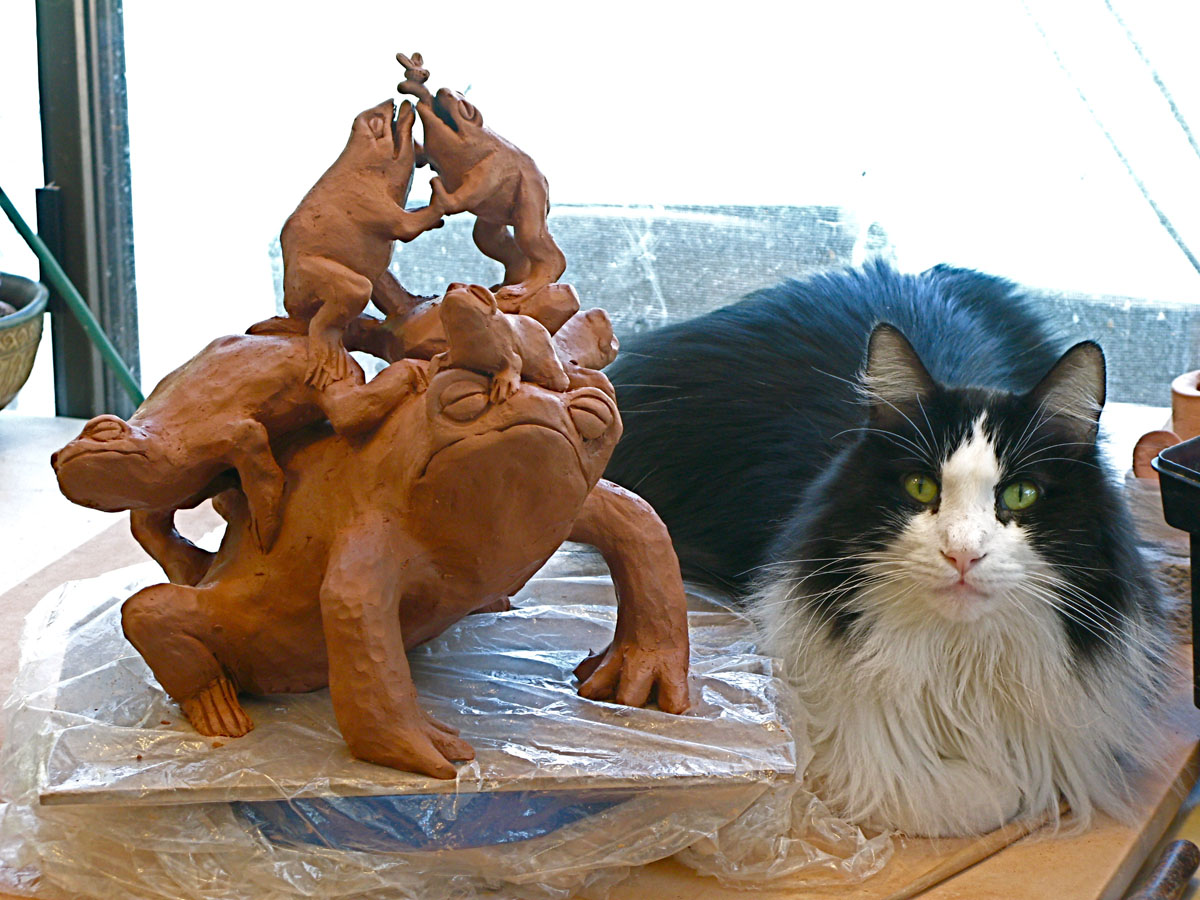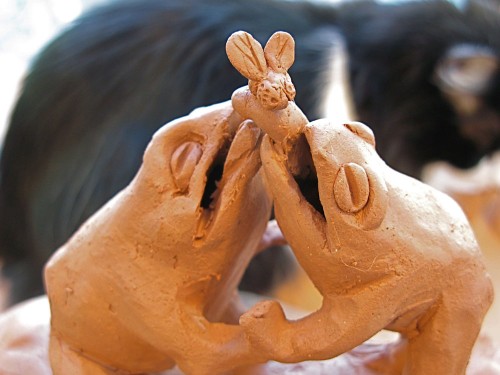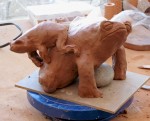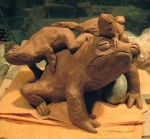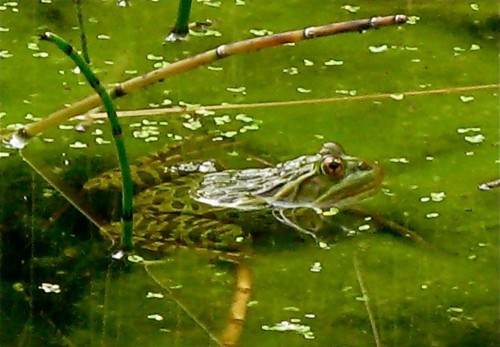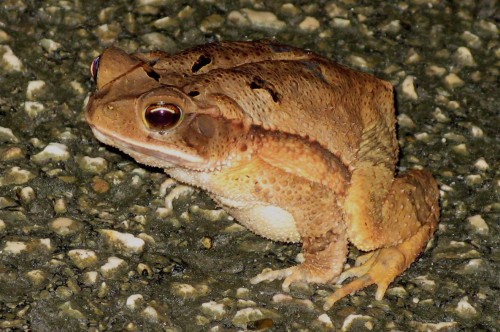Too Many TOES: Pentadactyly in the Studio…
…with a guest appearance by Charles Darwin
Pentadactyly, from Greek πέντε “five” plus δάκτυλος “finger”, is the condition of having five digits on each limb.
I make a lot of TOES. Gila monster toes. Crane toes. Jaguar toes. Hummingbird toes, owl toes, and roadrunner toes. Toad toes. A lot of TOES.
For the last week, I’ve been detailing Horned Lizard effigy bowls. This involves rendering a lot of small features like scales, horns, cloacal slits, pineal glands, and TOES. So it takes a long time, and that length of time is repeated for each horned lizard bowl, leaving plenty of opportunity for wistful thought about such subjects as, how can I finesse five toes on each tiny, fragile, rapidly hardening clay foot, and would anyone notice if there were only four?
“What could be more curious than that the hand of man formed for grasping, that of a mole, for digging, the leg of a horse, the paddle of a porpoise and the wing of a bat, should all be constructed on the same pattern and should include similar bones and in the same relative positions?” –Charles Darwin, On the Origin of Species
Okay, so Charles Darwin would notice. Darwin suggested pentadactyly was strong evidence in support of evolution. So, five digits is significant. A horned lizard has five digits on each limb, just like us, and just like many other animals, whether they are lizards, bats, or whales. With some exasperation, I realized I had no idea why this was — why five?
Needing a break from TOES, I headed to the computer: this is what the Internet is for. A quick search on the web produced the slick answer that we all have five digits because the ancestor of all tetrapods (four-limbed organisms) had five digits, and any modern organism that doesn’t (snakes, horses, most birds, etc) has lost digits through evolution. Well, alright so far as it goes — although it’s more of a description than an explanation — but why didn’t the ancestral tetrapod have 8 digits, or 4, or some other number?
 It turns out they did: 8, and 6 and 7, among others. In the last few decades, paleontologists have found some fascinating tetrapod ancestors with a variety of phalangic arrangement probably related to the shift from fins to feet, at least partially connected with the shift from aquatic life to life on solid land. Does all this sound inconclusive? That’s because the significance of “Why Five?” is still being manhandled, pinched and slapped around with the discovery of each new ancient tetrapod, mostly in the North Atlantic land areas like Greenland and Scandinavia, which used to be swampy and warm, prime habitat for critters who wallowed in and out of muddy shallows on iffy substraits.
It turns out they did: 8, and 6 and 7, among others. In the last few decades, paleontologists have found some fascinating tetrapod ancestors with a variety of phalangic arrangement probably related to the shift from fins to feet, at least partially connected with the shift from aquatic life to life on solid land. Does all this sound inconclusive? That’s because the significance of “Why Five?” is still being manhandled, pinched and slapped around with the discovery of each new ancient tetrapod, mostly in the North Atlantic land areas like Greenland and Scandinavia, which used to be swampy and warm, prime habitat for critters who wallowed in and out of muddy shallows on iffy substraits.  Think Muddy Mudskipper, but Big, and with weird feet. Lots has been written about this, if you crave more detail than can be supplied here, check out an older but seminal essay by Stephen Jay Gould, “Eight (or Fewer) Little Piggies” and Jenny Clack’s website. She’s a professor at Cambridge University in the UK, and seems to be the reigning Queen of Early Tetrapod Research Especially As It Relates to Limb Development. (The image above of Acanthostega is from her site.)
Think Muddy Mudskipper, but Big, and with weird feet. Lots has been written about this, if you crave more detail than can be supplied here, check out an older but seminal essay by Stephen Jay Gould, “Eight (or Fewer) Little Piggies” and Jenny Clack’s website. She’s a professor at Cambridge University in the UK, and seems to be the reigning Queen of Early Tetrapod Research Especially As It Relates to Limb Development. (The image above of Acanthostega is from her site.)
Which brings me back to toad TOES (regular toad, not horned “toad”). As sometimes happens while riffling though the internet, I didn’t find an exact answer to my original question. But a lot of useful info accrued along the way. Like, now I know something I’d had a hard time finding out from pictorial sources, and forgot to count on the Couch’s spadefootlets: how many toes does a toad sport on its front feet? The answer is four (five on the back feet, the opposite of cats), and the next time I make a toad, I’ll have the right number. And be thankful, because it could have been eight.

